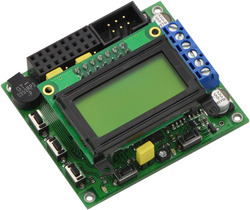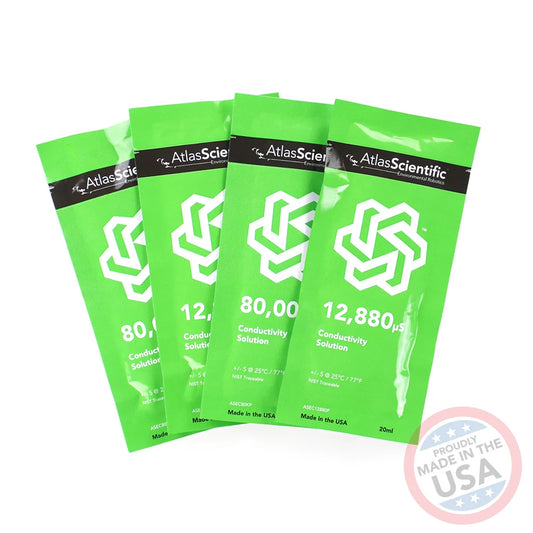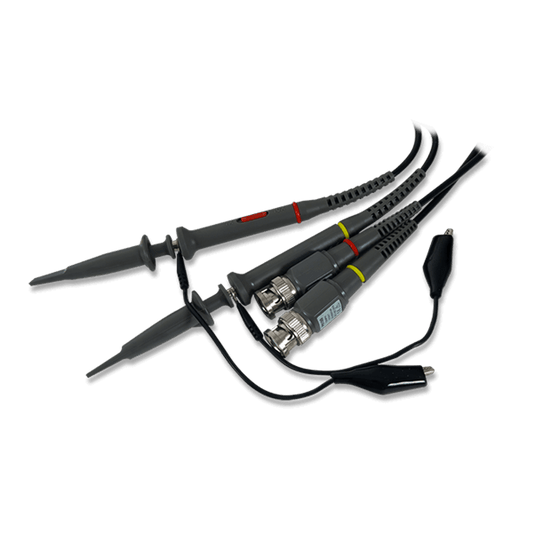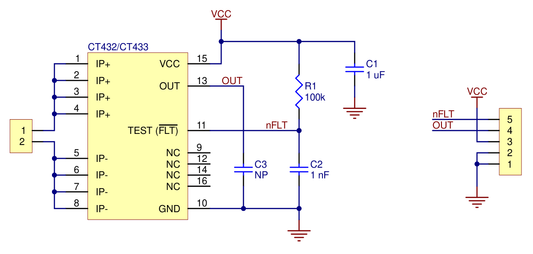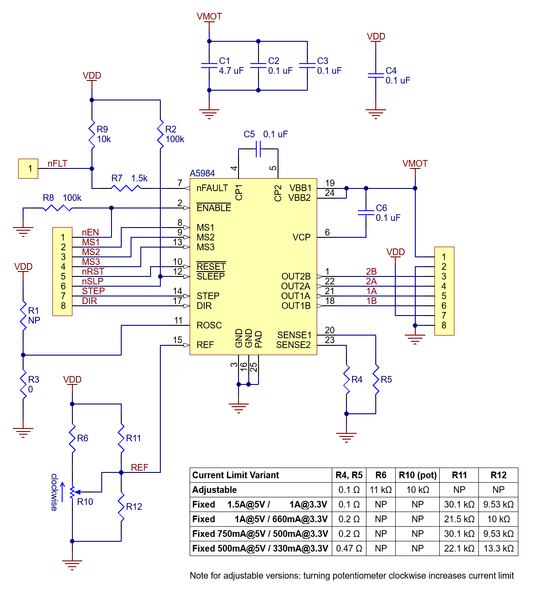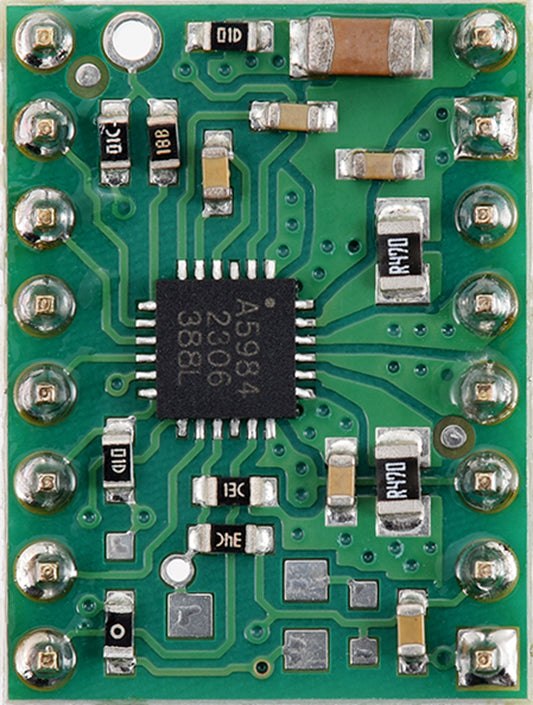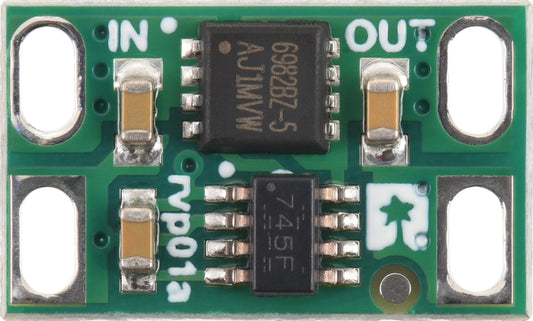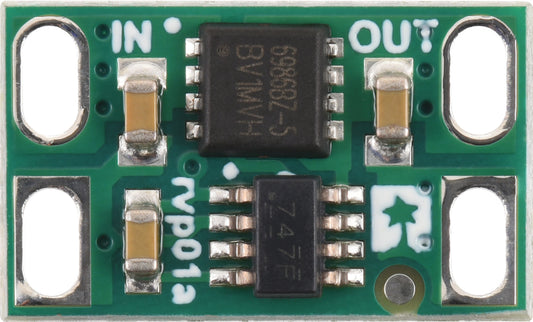POLOLU
Orangutan SV-328 Robot Controller
Orangutan SV-328 Robot Controller
SKU:Pololu-1227
Couldn't load pickup availability
Share
Want to build a small robot that doesn’t look like a PCB on wheels? The Orangutan is small enough for integrating into a small robot, rather than being the small robot. With Atmel’s powerful ATmega328P AVR microcontroller, motor drivers, buttons, display, and buzzer, all you need to add is your own chassis, sensors, software… you know, the fun stuff!
Overview:
The Orangutan SV-328 robot controller is a complete control solution for small robots running at 6 – 13.5 V. The small (2.15" x 1.9") module includes a powerful Atmel ATmega328P AVR microcontroller, two bidirectional motor ports each capable of providing 1 A (continuous), a removable 8-character x 2-line liquid crystal display, a buzzer, three user pushbutton switches, and two user LEDs.
Eight general-purpose I/O lines with up to eight analog input channels allow for adding sensors or expanding the system. These lines are brought out to 0.1" female headers as shown in the picture below; from left to right, the bottom row of pins are: PC5, PC4, PC3, PC2, PC1, PC0, PD1 and PD0. The Orangutan SV-328 features a 5V switching regulator capable of delivering up to 3 A, allowing the Orangutan to power RC servos directly from its regulated 5V power bus. This power bus can be accessed through the power and ground pins dedicated to each user I/O line.
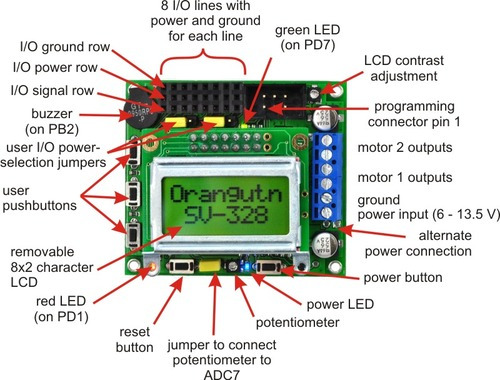  |
| Orangutan SV-328 top view with components labeled. |
|---|
The Orangutan SV-328 is based on Atmel’s mega328 AVR microcontroller, which runs at 20 MHz and features 32 Kbytes of flash program memory, 2 Kbytes of SRAM, and 1024 bytes of EEPROM. Because the user has direct access to the microcontroller, any development software for Atmel’s AVR microcontrollers, including Atmel’s free Atmel Studio and the WinAVRGCC C/C++ compiler, is compatible with the Orangutan SV-328. An in-circuit programmer, such as our USB AVR programmer, is required for programming the Orangutan SV-328; we offer a combination deal that lets you save when you buy a programmer with your Orangutan. We provide an extensive set of software libraries that make it easy to interface with all of the integrated hardware. These libraries come with a number of sample programs that demonstrate how to use the various components on the Orangutan SV-328. This robot controller is alsocompatible with the popular Arduino development platform.
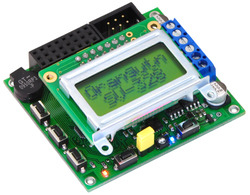  |
Improvements over the Original Orangutan
The Orangutan SV-328 has introduced a number of substantial improvements over the original Orangutan, the most significant of which is the enhanced power system that allows an expanded operating range of 6 – 13.5 V (meaning you can power the Orangutan SV-328 from a 12 V battery), delivers higher motor current, and has much more available current on the 5 V line. The following list details the major changes:
- TB6612FNG motor driver delivers higher current with higher-frequency PWM and decreased power consumption.
- Hardware PWM outputs now connect to all motor driver inputs, removing the need for processor-intensive software PWM.
- Input voltage can now be as high as 13.5 V.
- The integrated 5 V regulator can supply up to 3 A, allowing this version to power servos and other high-power peripherals for which the battery voltage would be too high.
- The MCU has been upgraded to an ATmega328 running at 20 MHz, and the pin connections have changed to match that of the Orangutan LV-168, the Baby Orangutan B, and the3pi robot, so the same code will generally work on all four devices. The form factor of the Orangutan SV-328 is identical to that of the Orangutan LV-168.
- Reverse battery protection is now achieved using a MOSFET instead of a diode, so the input voltage no longer experiences a diode drop.
- The main power switch now turns off power to the entire board.
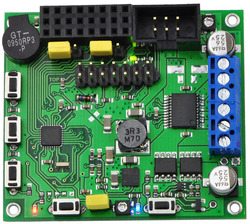  |
Main Features
- overall unit dimensions: 2.15" x 1.9"
- input voltage: 6-13.5 V
- 2 bidirectional motor ports (1 A continuous per channel, 3 A maximum per channel)
- programmable 20 MHz Atmel ATmega328P AVR microcontroller (32 KB flash, 2 kB SRAM, 1024 bytes EEPROM)
- 8 general-purpose I/O lines, 6 of which can be used as analog input channels
- 2 additional analog input channels (ADC6 & ADC7) can be accessed on the board
- removable 8-character x 2-line LCD
- 5V regulator capable of supplying up to 3 A
- buzzer tied to one of the mega328’s hardware PWMs
- 3 user pushbutton switches
- 2 user LEDs
- battery voltage self-monitoring optionally connected to ADC6
- user potentiometer optionally jumpered to ADC7
- comprehensive user’s guide
Note: This product could ship with either a silver-bezel LCD or a black-bezel LCD. Pictures of the two possible types are shown below.
|
|

New Products
-
Conductivity Calibration K 1.0 Set (4 pouches)
Vendor:Atlas ScientificRegular price Rs. 1,599.00Regular priceUnit price / per -
Analog Discovery 3 Pro Bundle
Vendor:DigilentRegular price Rs. 42,569.00Regular priceUnit price / per -
Lighthouse swarm bundle - Crazyflie 2.1+ (250mAh batteries)
Vendor:BitcrazeRegular price Rs. 474,999.00Regular priceUnit price / per -
Loco Swarm bundle - Crazyflie 2.1+ (250mAh batteries)
Vendor:BitcrazeRegular price Rs. 544,999.00Regular priceUnit price / per -
Kopis X8 Cinelifter 5" Kit - Caged (Frame Kit)
Vendor:HolybroRegular price Rs. 28,199.00Regular priceUnit price / per -

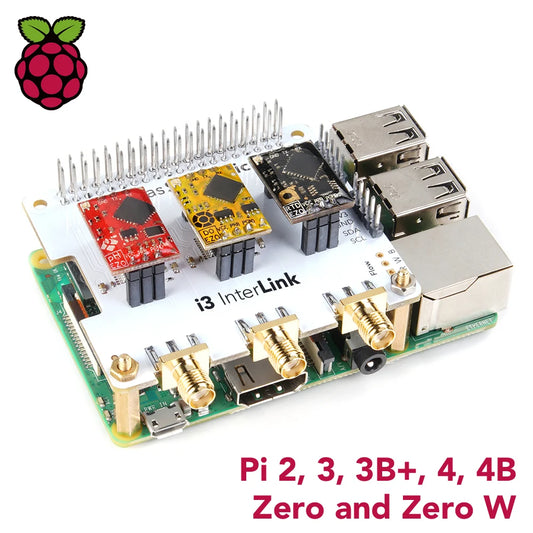 Sold out
Sold outAtlas Scientific i3 InterLink
Vendor:Atlas ScientificRegular price Rs. 6,349.00Regular priceUnit price / per -

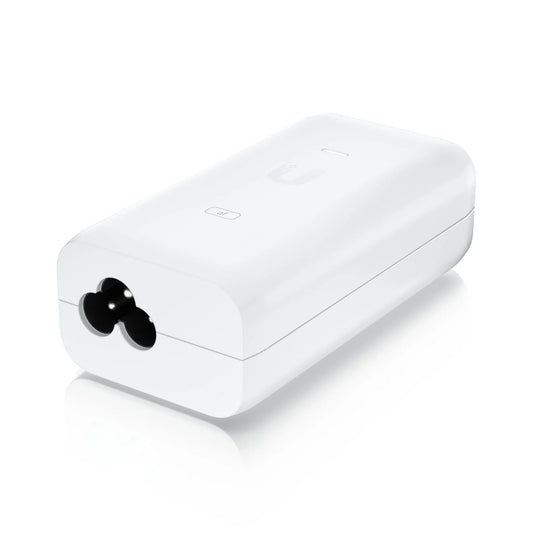 Sold out
Sold outPoE Injector
Vendor:LuxonisRegular price Rs. 2,099.00Regular priceUnit price / per -

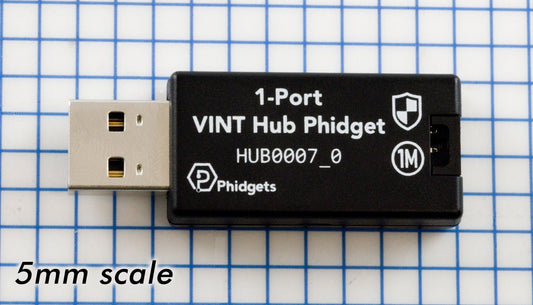 Sold out
Sold out1-Port VINT Hub Phidget
Vendor:PhidgetsRegular price Rs. 2,699.00Regular priceUnit price / per -
ACS37220LEZATR-100B3 Current Sensor Large Carrier -100A to +100A, 3.3V
Vendor:POLOLURegular price Rs. 829.00Regular priceUnit price / per -
CT433-HSWF50MR TMR Current Sensor Compact Carrier -50A to +50A, 3.3V
Vendor:POLOLURegular price Rs. 1,039.00Regular priceUnit price / per -
A5984 Stepper Motor Driver Carrier, Adjustable Current, Blue Edition
Vendor:POLOLURegular price Rs. 409.00Regular priceUnit price / per -


A5984 Stepper Motor Driver Carrier, Fixed 1A@5V / 660mA@3.3V, Blue Edition (Soldered Header Pins)
Vendor:POLOLURegular price Rs. 489.00Regular priceUnit price / per -
A5984 Stepper Motor Driver Carrier, Fixed 500mA@5V / 330mA@3.3V (Soldered Header Pins)
Vendor:POLOLURegular price Rs. 469.00Regular priceUnit price / per -
 Sold out
Sold outT Connector Male-Female Pair
Vendor:POLOLURegular price Rs. 169.00Regular priceUnit price / per -
Pololu Reverse Voltage Protector, 4-60V, 10A
Vendor:POLOLURegular price Rs. 159.00Regular priceUnit price / per -
Pololu Reverse Voltage Protector, 4-60V, 12A
Vendor:POLOLURegular price Rs. 199.00Regular priceUnit price / per -
Pololu Ideal Diode Reverse Voltage Protector, 4-60V, 10A
Vendor:POLOLURegular price Rs. 179.00Regular priceUnit price / per -
Pololu Ideal Diode Reverse Voltage Protector, 4-60V, 12A
Vendor:POLOLURegular price Rs. 229.00Regular priceUnit price / per -
Pololu Mini Plastic Gearmotor Bracket Pair - Tall
Vendor:POLOLURegular price Rs. 599.00Regular priceUnit price / per -
Ribbon Cable with Pre-Crimped Terminals 10-Color M-F 6" (15 cm)
Vendor:POLOLURegular price Rs. 149.00Regular priceUnit price / per -
Ribbon Cable with Pre-Crimped Terminals 10-Color M-F 12" (30 cm)
Vendor:POLOLURegular price Rs. 279.00Regular priceUnit price / per -
Wires with Pre-Crimped Terminals 10-Pack M-F 6"
Vendor:POLOLURegular price Rs. 339.00Regular priceUnit price / per -
Ribbon Cable Premium Jumper Wires 10-Color M-M 6" (15 cm)
Vendor:POLOLURegular price Rs. 209.00Regular priceUnit price / per -
Ribbon Cable Premium Jumper Wires 10-Color F-F 6" (15 cm)
Vendor:POLOLURegular price Rs. 209.00Regular priceUnit price / per -
Ribbon Cable Premium Jumper Wires 10-Color M-F 6" (15 cm)
Vendor:POLOLURegular price Rs. 209.00Regular priceUnit price / per


